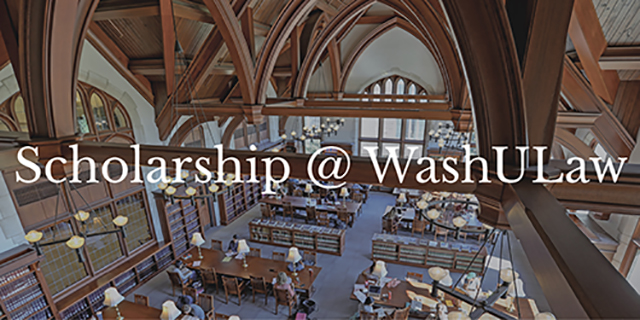
Scholarship@WashULaw
U.S. Term Limits v. Thornton and Competing Notions of Federalism
Document Type
Article
Publication Date
1996
Publication Title
Journal of Law & Politics
Abstract
One of the most contentious issues in the history of the American polity has been the role of the states and the national government in the federal system. From the Articles of Confederation to the modern debates about the appropriate size of the federal government, the respective roles of the two sovereigns have been in seemingly perpetual conflict. The conflict, of course, arises, in large part, from the dual-sovereign nature of the American system of federalism embodied in the Philadelphia Constitution of 1787, which attempted to balance the competing interests of national sovereignty and uniformity with local autonomy. The fact that this fundamental compromise has survived for over 200 years is testament to its ingenuity. However, the continual emergence of issues dealing with the respective roles of the dual sovereigns suggests that the tension at work in 1787 has remained to the present day. What is fascinating about the issue of divided power is that both national and state power advocates generally agree that the Constitution's federal compromise is a coherent theory with little inherent tension other than the competing principles it balances.
Keywords
Federal System, National Government, Federal Government, Federalism, Constitution, State Power, National Power, State Government
Publication Citation
Neil M. Richards, U.S. Term Limits v. Thornton and Competing Notions of Federalism, 12 J.L. & Pol. 521 (1996)
Repository Citation
Richards, Neil M., "U.S. Term Limits v. Thornton and Competing Notions of Federalism" (1996). Scholarship@WashULaw. 530.
https://openscholarship.wustl.edu/law_scholarship/530

